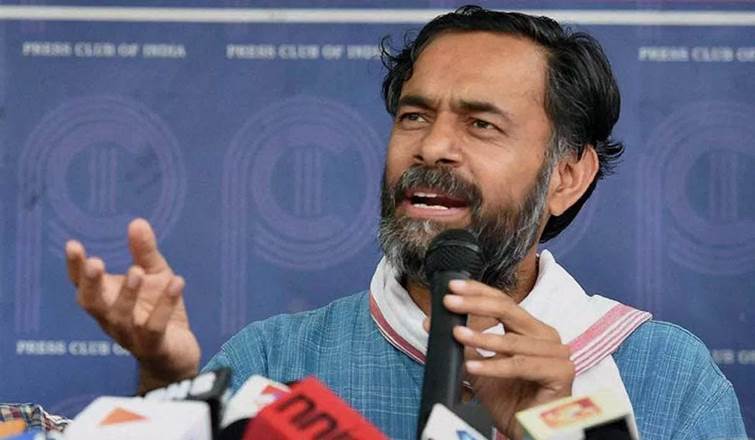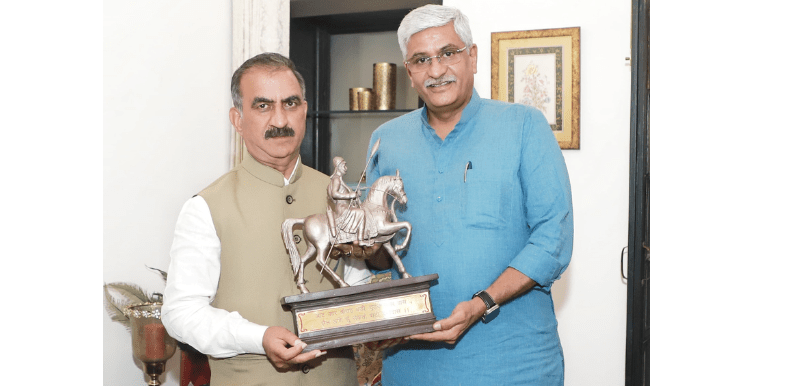New Delhi: In a bold and precisely coordinated military operation, India’s armed forces carried out deep strikes up to 100 km inside Pakistan and Pakistan-occupied Kashmir (PoK), targeting and destroying multiple terror camps in what has been named Operation Sindoor.
The Operation Sindoor strikes come in the wake of the April 22 Pahalgam terror attack, which claimed the lives of 26 civilians, among them 25 tourists and a local.
The government held a press conference to share details of the operation. Addressing the media were Foreign Secretary Vikram Misri, Colonel Sofiya Qureshi and Wing Commander Vyomika Singh, who confirmed that nine terrorist camps were completely neutralised during the mission.
The operation involved a joint effort by the Army, Air Force and the Navy.
Foreign Secretary Misri opened the briefing by revisiting the horrors of the Pahalgam attack, describing it as one of the deadliest civilian-targeted incidents since the 2008 Mumbai attacks.
“The terrorists, trained in Pakistan and affiliated with Lashkar-e-Toiba, executed the victims at close range, traumatising their families and deliberately spreading fear,” Misri said. “This was a direct attempt to disrupt the growing normalcy and tourism in Jammu and Kashmir.”
Precision strikes on high-profile targets
Colonel Sofiya Qureshi elaborated on the scope and targets of Operation Sindoor. The armed forces identified and struck terror infrastructure in Muzaffarabad, Bahawalpur, Muridke, Sialkot and Kotli, areas that have long served as operational bases for proscribed groups like Lashkar-e-Toiba and Jaish-e-Mohammed.
Notably, the headquarters of terrorists Hafiz Saeed in Muridke and Masood Azhar in Bahawalpur were among the sites hit during Operation Sindoor.
“These were not symbolic targets,” Colonel Qureshi said. “They were the heart of Pakistan’s state-sponsored terror network. We had credible intelligence inputs confirming the presence of launch pads, training facilities, and arms stockpiles. The strikes were carried out with precision to ensure no civilian areas were affected.”
Wing Commander Vyomika Singh said aerial surveillance, satellite imaging and human intelligence were used to validate the targets.
“We executed the mission at night with complete coordination between air and ground units. It was a multi-theatre, high-risk operation that reflects our resolve to protect Indian lives.”
Message to terror sponsors
India has long accused Pakistan of harbouring and sponsoring terrorism.
Vikram Misri reiterated that the Resistance Front (TRF), a proxy of Lashkar-e-Toiba, had claimed responsibility for the Pahalgam attack. He noted that India had already submitted a dossier on TRF’s activities to the United Nations.
“Pakistan’s repeated denial of involvement is untenable,” Misri said. “There has been no action against the masterminds of past attacks, from Pulwama to 26/11. With Operation Sindoor, we have sent a clear message: India will act when its citizens are attacked.”
He cited the global case of Sajid Mir, previously declared dead by Pakistan but later found alive, as an example of the duplicity involved in shielding terrorists. The Indian government has urged the international community to take note of Pakistan’s continued use of terrorism as a strategic tool.
Firm but calculated response
Operation Sindoor marks a major escalation in India’s defence doctrine, showing a shift towards preemptive and punitive actions against terror networks.
All nine targets were eliminated with “surgical precision” and without collateral damage, underscoring India’s growing military and intelligence capabilities.
“The mission was not just about retribution,” said Colonel Qureshi, “but about ensuring that such attacks do not happen again.”
TNR News Network





